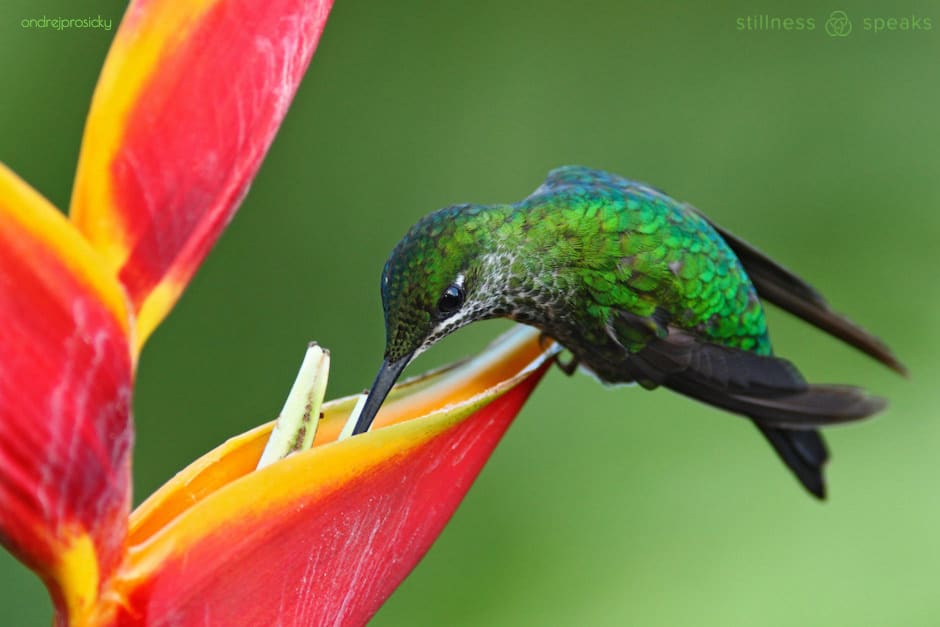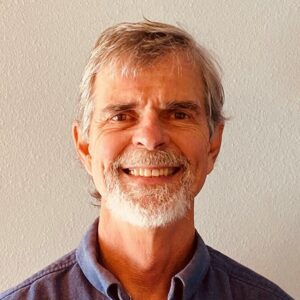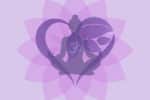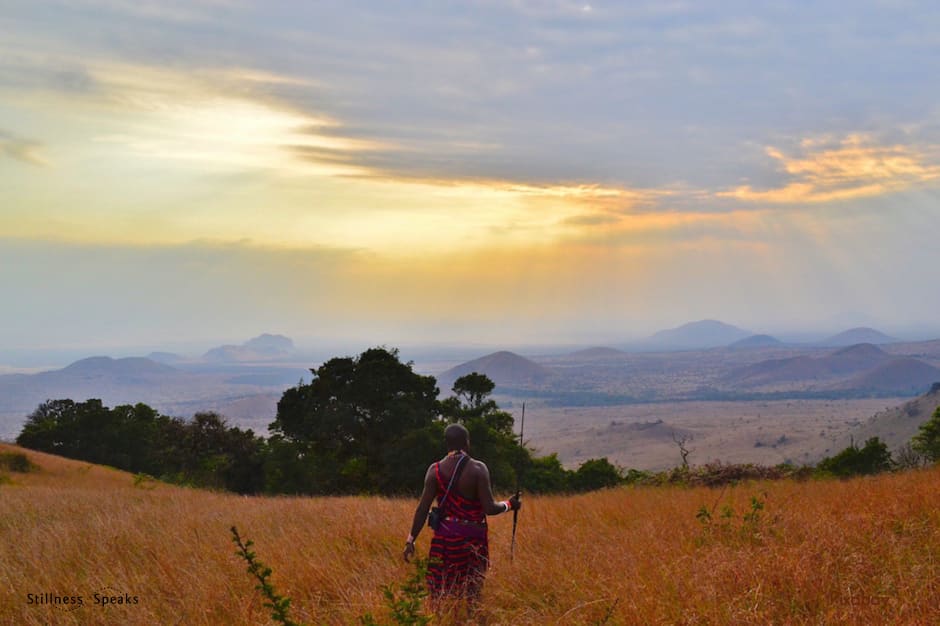“… The Diamond Approach invites us to live in a way that both reflects and develops wisdom, love, joy, vitality, power, peace, authenticity, passion, curiosity, appreciation, stillness, pleasure, trust, gratitude, and an unrelenting engagement with what is …” ~ John Davis
Read about our Shambhala Publications Series launch (Dec 15, 2021) by clicking here … this post is part of this series even though it was published before the launch.
“… there are as many paths to the Divine as there are beings in the universe …”
Indeed … and today, we honor the profound truth in the above Sufi saying, by exploring a contemporary approach to self realization: The Diamond Approach … that was conceived by A. H. Almaas … an approach informed by the perennial wisdom and modern psychology that continues to evolve and is a result of many awakenings. As Almaas himself says: “… it is continually unfolding to reveal greater knowledge and wisdom … Spirit itself, the true nature of Being, has revealed this knowledge and developed this teaching. It is not the creation of an individual or group of individuals. It is not the result of one person’s awakening, but of a stream of awakenings …”
We begin this exploration through the recently released (May ’21) second edition of The Diamond Approach: An Introduction to the Teachings of A. H. Almaas by John Davis – published by Shambhala Publications. John, one of the early students (since ’75), has deep, direct experience of this work and its evolution “…from the first phase of resolving personal obstructions to true nature …” which allowed him to create a book that’s the “… first to offer a full overview of the Diamond Approach …”
In this post – using excerpts from John’s book – we’ll take a very brief glimpse into the Diamond Approach followed by a real life example of how the “diamond” inquiry dissolved a person’s repeated pattern … a pattern of feeling a loss of freedom, the resulting discontent and frustration … to being herself: experiencing herself as a being, a presence, a fullness … an exquisitely alive presence …
All italicized text below is adapted from The Diamond Approach: An Introduction to the Teachings of A. H. Almaas by John Davis © 1999/2021 by John V. Davis. Reprinted here in arrangement with Shambhala Publications, Inc. Boulder, CO. Shambhala has also generously offered a free downloadable PDF of the Table of Contents (link is at the bottom of the post). You can purchase the book at Shambhala or Amazon.
The Orientation of the Diamond Approach
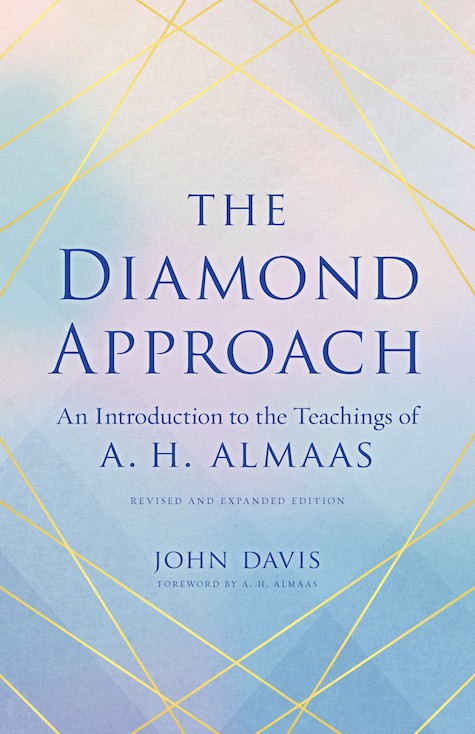
As with most spiritual systems, the Diamond Approach invites us to live in a way that both reflects and develops wisdom, love, joy, vitality, power, peace, authenticity, passion, curiosity, appreciation, stillness, pleasure, trust, gratitude, and an unrelenting engagement with what is. Furthermore, the Diamond Approach is grounded in the knowledge that these qualities are characteristic of our true and fundamental nature. They are our inherent and undying birthright.
If we let ourselves be open to our feelings in this moment, we might begin to recognize a longing for such a way of being. For some of us, this longing feels like an ache or a sadness just below the surface of our usual awareness and concerns, a background so common that we fail to take notice. For others of us, it may feel like a gripping desire to gain and hold on to these qualities, an intense drive in which we set our sights on some distant spiritual paradise. Still others of us may adopt a frustrated resignation in which we devalue these qualities as an impossible or even undesirable fiction. Perhaps the most common response of all is a kind of numbness in which we sleepwalk through our days, not even considering our deeper thirst. We then delude ourselves into believing that crude counterfeits of fulfillment, love, joy, and wisdom are the real thing.
At other times, we might recognize a murmur, scent, glimpse, or hint of something more real than our usual experience, something that sparks our hearts, minds, and bodies to open: a warm, open, personal conversation with a good friend; a flower that has just opened; the unexpected melody of the wind rustling a tree; a breathtaking sunrise; or a moment of extraordinary quiet. An infinite number of experiences can stir our depth. We are more awake and free in these moments, yet the inertia of our unconscious patterns pulls us back into our familiar conditioned dullness. The moments are real but without deeper integration, they remain moments and fade. . . .
With that very brief peek into the Diamond Approach let’s consider a real life example of the “diamond inquiry” conducted by John and included in his book. This example brings this approach “out of the abstract” and makes it very tangible … demonstrating that dissolving of patterns is possible – an amazing “gift” for anyone earnestly considering a deeper exploration into this work.
An Inquiry with a Student
Sandy is a married woman in her thirties who has been working with the author in a group situation. Her explicit reason for being in the group is to understand herself, to grow, and to learn to be more herself. She was sick for some time, and has been back in the group for only a couple of months. She begins speaking, obviously with some guilt about what she is feeling. She relates hesitatingly that she almost did not come to the group meeting this particular evening and has been feeling increasingly unwilling to come to the sessions. When I inquire whether she knows the reasons behind her feelings she says that because she was sick for a long time and did not have fun, now she feels she would rather go out and have fun rather than sitting in group sessions and scrutinizing herself. When I ask what she means by having fun, she grins and says it is doing what she wants to do, and relates that she resents coming to the group because she must abide by a certain schedule and accommodate herself to a structure imposed on her from the outside. So in the group sessions she has been feeling frustrated, hemmed in, and resentful.
I indicate that I agree that it is good for her to have fun and enjoy herself, and that I understand how her illness has curtailed her life. I then inquire about why she feels imposed upon and restricted by coming to the group, when it is her choice to be in the group and benefit from the work done in it. She responds by affirming that it is her choice, that she understands the benefits of participating in the group, and that she does not understand why she feels so frustrated.
As we inquire further into her emotional states, she sees that she feels she is losing something by adhering to a certain structure and schedule: she feels she loses her freedom, and this makes her feel frustrated. She relates then that this pattern is not new for her. She has had the same conflict in almost every job she has had and actually lost some jobs because of it. Even jobs she has liked, she could not completely enjoy because of this conflict. So she leaves what she is doing, even though it is useful to her, in order to avoid feeling this overwhelming sense of frustration and heaviness.
We see here that Sandy is recognizing the present situation as part of a pattern that she has repeated many times in her life, which has brought her much discontent and frustration. As she becomes aware that her reactions to the group structure are repeating this pattern, she becomes more motivated to explore her state. As she continues, she tells me that she knows that this pattern has to do with her relationship to her mother, that she always felt restricted by her, not allowed to live her life as she wants. But she is frustrated, she says, because she has seen this pattern many times, and has understood its genesis for a long time, but there has been no change.
I point out to her that it seems she does not know how to have the freedom she wants except by saying “no” to a situation she feels is restricting. It becomes clear to her that she believes that freedom is gained only by doing what she chooses to do, and many times this means not doing what others want her to do. I point out to her that “freedom” acquired in this way is nothing but a reaction to the situation, and that a reaction is not a free choice, since it is determined by the other and is not a spontaneous response. It is simply a compulsive, automatic reaction.
Here she admits that she does not usually enjoy the freedom she believes she is gaining, but continues feeling frustrated, and, in addition, leaves activities and situations that are actually useful to her. She acknowledges also that even when she believes she is gaining autonomy by removing herself from some situation, she still feels the lack of the true freedom she wants.
At this point I ask her what it is exactly that she wants to experience by having her freedom. She says she just wants to be herself, to be free to be herself. She believes that if she does what she chooses, she will be herself as herself, the way she really is, and not the way others want her to be.
I ask her to tell me more specifically what it means to be herself. In her past work she had often felt that “I don’t know what I want,” and now she realizes that she has never looked at the situation from the perspective of what it really means to her to be herself. She was wanting something, which she somewhat vaguely associated with autonomy. Now she finds it hard to describe more specifically what she means, and the very asking of the question puts her into deeper contact with herself. Here, I ask what she is feeling now. She says she is much less frustrated, and that she feels okay. I ask her what kind of okay, what does she really feel in her body? She says she feels calm and peaceful, and the issue of autonomy no longer feels significant.
I express surprise that she feels so peaceful, and not concerned about what was such a bothersome issue. I ask her to tell me more about the calm feeling. She says she feels the calmness especially in her belly, and that the calmness also feels strong. The strength somewhat surprises her, because when she was sick she was feeling mostly weak. I keep asking her to pay more attention to the calmness, to describe it more specifically. She feels the strength and calmness growing in her, filling her chest.
I ask her what she means by the feeling filling her. Here she realizes she is not only feeling an emotional state, but that the calmness and strength are effects of a sense of fullness in her body, which was in her belly but now increasingly pervades her body. The more she senses this fullness, the more it expands. The effect is that she feels a fullness of presence that is calm, peaceful, and collected. This makes her happy and contented.
I ask her to recall her desire for autonomy and freedom. Here, she realizes that now she feels she is being herself. The presence of the calm fullness makes her feel present as herself. The more the fullness, strength and calmness expand, the more she feels present, present as herself. She experiences herself as a being, a presence, a fullness. She is not an action or a reaction. She is not a feeling or a thought or an image, but a firm, strong, full, and exquisitely alive presence.
~ John Davis
All italicized text above (except the Sufi saying) is adapted from The Diamond Approach: An Introduction to the Teachings of A. H. Almaas by John Davis © 1999/2021 by John V. Davis. Reprinted here in arrangement with Shambhala Publications, Inc. Boulder, CO. And, click here for the free, downloadable PDF of the Table of Contents.
Again, this post is a “taste” of the Diamond Approach with a very brief summary plus a real life example of its primary technique: “diamond” inquiry …
You might say: “hey, this is just not enough … 🙂 … I want more …” … not to worry … we’ll take a deep dive into this “integrated wisdom path” through a 4-part series, starting in August – with excerpts from an upcoming book: Diving in the Inner Ocean: An Introduction to Personal Transformation through Diamond Inquiry by Dominic Liber … so stay tuned …
And here’s a gentle reminder that helping those in extreme need is the “order of the day” – always ! …
India continues to undergo a humanitarian crisis brought upon by the ravaging resurgence of COVID-19 … if you don’t know about this or want an update, here is a recent New York Times post detailing What to Know About India’s Coronavirus Crisis … so, to do our small part to help, we are providing THREE vetted sources that can be used to help provide relief to India … we have donated personally and also as Stillness Speaks to PATH, CARE, and some of the GoFundMe campaigns below …
Despite the financial challenges that are amongst us all, if your situation allows you to donate then please visit one of the following sources … and contribute whatever is possible …
… Deliver oxygen where it’s needed the most through PATH – a global team of innovators working to accelerate health equity so all people and communities can thrive …
… Provide essential hospital services, more health workers, additional beds, oxygen supply, and much more through CARE (and their CARE India chapter) – for 75 years, CARE has led the way to a better life for the world’s most vulnerable people ….
… Donate to India COVID-19 fundraisers on GoFundMe – all fundraisers have been verified by GoFundMe’s Trust & Safety team and will be updated as new fundraisers are created and verified. All GoFundMe fundraisers are backed by the GoFundMe Guarantee which ensures that all funds on this page will go to those affected by India’s COVID-19 surge …
THANK YOU!
And, may you continue to develop insights that serve your everyday life journey … and …
May you remain safe and healthy as you navigate this global crisis.

